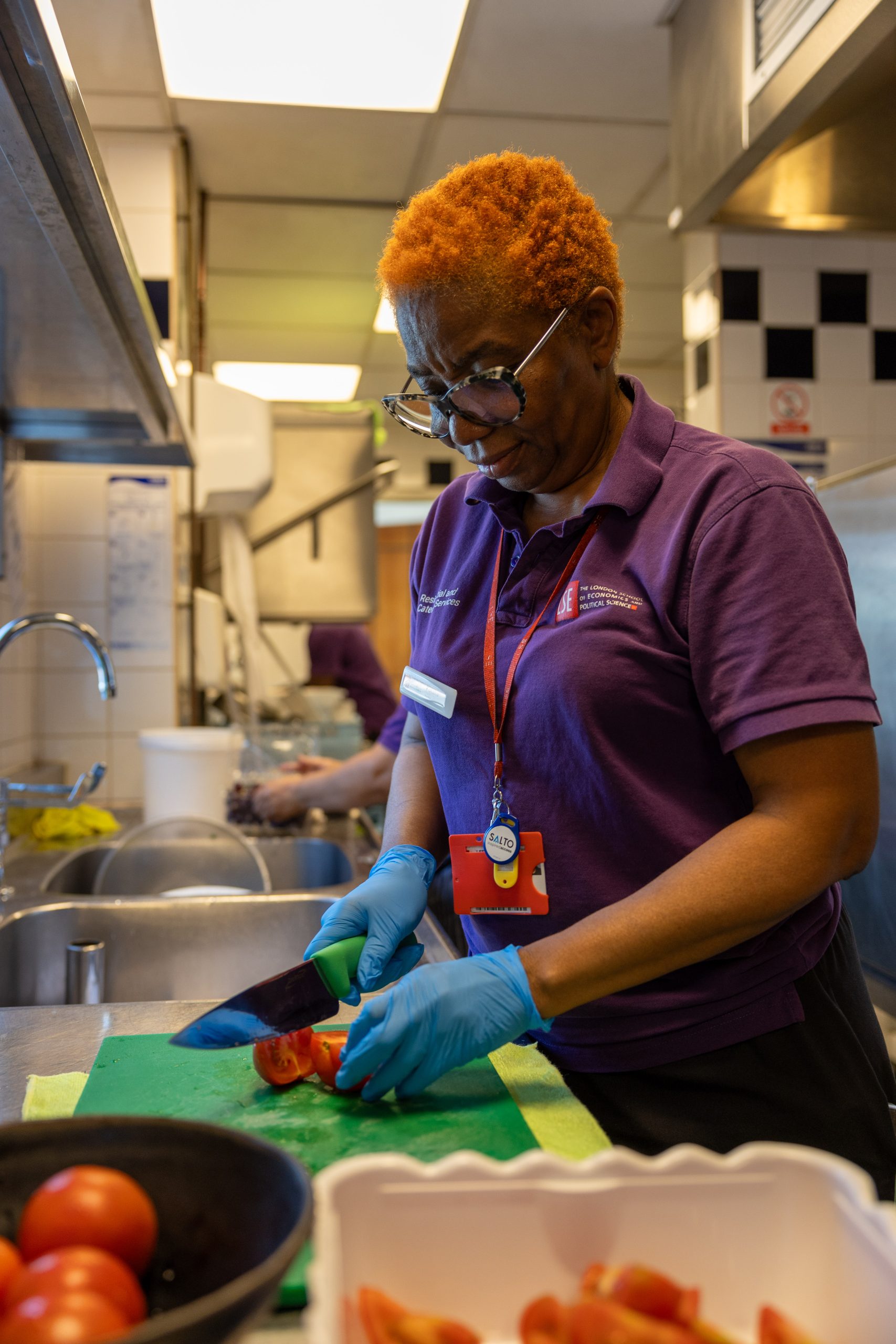by Vanessa Huang
If you have yet to see Falling for Christmas, now is the point where you put this down and stream it on Netflix. After years of dealing with personal struggles, it’s finally Lindsay Lohan’s comeback (a Lohanaissance, if you will). The film itself is awful, but it’s so bad that I have looped all the way around to absolutely loving it. I am therefore awarding it the five stars it deserves for an experience so entertaining it cannot be topped.
The film has all the trappings of a generic Hallmark Christmas romcom: a sophisticated city girl goes to a small town for the holidays and learns to appreciate the simple joys of country life, all while falling in love with a rugged, down-to-earth local.
Lohan plays hotel heiress Sierra Belmont, while love interest Jake (Chord Overstreet) is the owner of the local B&B. To really amp up the soppiness, he’s also a widower with a young daughter. So far, so good.
But Falling for Christmas stands head and shoulders above many of its peers. Unlike the standard fare, it doesn’t even attempt to be good. The screenplay seems to have been conjured up in about an hour, rife with plot holes and clunky dialogue. The film also looks woefully tacky, from the poorly made props to the distractingly bad green screen – and that’s precisely what makes it so brilliant.
The film opens with Sierra holidaying at her father’s ski resort with her influencer boyfriend Tad (George Young). The pair are spoiled and bratty – the perfect image of people in need of some small-town family values. The whole thing is set in motion by a mountaintop proposal gone wrong in the campiest way. After Sierra says yes, she loses her footing; Tad tries to grab onto her hand but the too-big ring simply slips off. As indicated by the title’s excellent wordplay, they’re sent toppling down the mountain, in a fall cinematic enough to rival Decision to Leave.
The head trauma from the fall leaves her in a fugue state, unable to recall anything including her own name – she now goes by Sarah. Jake finds her and offers to take her in, while Tad, memory unaffected, is conveniently shepherded into a separate storyline. (In reality, a woman suffering from amnesia being taken in by a random man would be absolutely terrifying. But it’s Christmas, so we just let that go.)
And thus begins her domestication. She spends her days learning to cook and clean – cue the montages of Sarah flooding the laundry room and struggling to crack an egg. Through all this, we’re somehow supposed to like Jake, a man who is perfectly happy to dump a load of chores on a woman with a newly incurred head injury. She has overly sentimental conversations with Jake’s daughter about their mothers dying. She also joins in with the local festivities, in a town simultaneously so small that everyone seems to know each other and so big that not a single person recognises the uber-rich resort owner’s daughter.
Lindsay Lohan brings a refreshing sincerity to Falling for Christmas, committing to the film and all its silliness in a performance reminiscent of her star-making turns in Freaky Friday and Mean Girls. Yet for all the charisma that Lohan has, she and Overstreet as a couple are utterly charmless; so charmless that I want to say they have negative chemistry – helped in no part by the obvious body double standing in for Lohan when they kiss. But this only adds to the hilarity.
Falling for Christmas is the gift that keeps on giving. Where else will you find Lindsay Lohan singing Jingle Bell Rock, a creepier-than-usual Father Christmas, and apt commentary on Airbnb’s disruption in local communities, all wrapped up in some of the most atrocious editing ever committed to film? It’s somehow the best and worst film I’ve seen this year. I haven’t laughed this hard in a long time.


